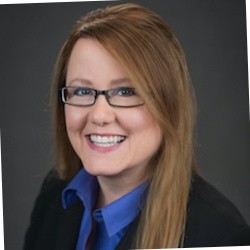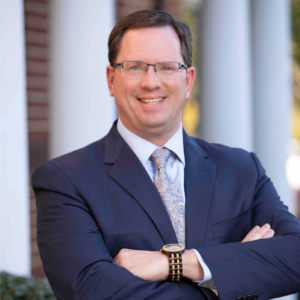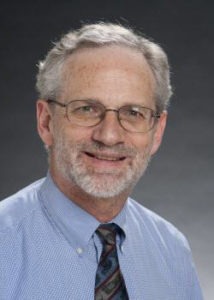Experts see two futures for assisted living
Two different speakers addressing attendees of two different sessions had the same prediction at the Assisted Living Federation of America annual meeting in Tampa, Fla.: Assisted living may be divided into two types of providers in the future. One will include medical care in services offered, and the other will focus on the housing and hospitality aspects of the business.
 “One area we’ll see in the future is seniors housing as an integrated platform for healthcare delivery. Primary market? People 85 to 110,” said Robert G. Kramer (right), founder and CEO of the National Investment Center for Seniors Housing and Care, during a session titled “Innovation and Transformation in Assisted Living.” The main challenge associated with this model, he said, is the medicalization of seniors housing. “Because we are this integrated platform for healthcare, it becomes so medicalized that all the promises of assisted living get compromised: independence, choice, autonomy, it’s your home. All of those issues,” Kramer said.
“One area we’ll see in the future is seniors housing as an integrated platform for healthcare delivery. Primary market? People 85 to 110,” said Robert G. Kramer (right), founder and CEO of the National Investment Center for Seniors Housing and Care, during a session titled “Innovation and Transformation in Assisted Living.” The main challenge associated with this model, he said, is the medicalization of seniors housing. “Because we are this integrated platform for healthcare, it becomes so medicalized that all the promises of assisted living get compromised: independence, choice, autonomy, it’s your home. All of those issues,” Kramer said.
Other providers, he added, will choose to focus on housing and services, offering little to no healthcare services on site. These providers, Kramer added, primarily will be targeting those aged 65 to 85 years. “The product does not yet exist. It’s not the old independent living,” he said, adding, however, that providers around the country are experimenting with the model. But such providers face their own challenges, Kramer added, namely, residents' desire to age in place and increasing acuity levels. “How do you handle that?” he asked rhetorically.
 In a separate session titled “Future of Long Term Care in Health Care Reform,” David Grabowski, PhD (left), professor of healthcare policy at Harvard Medical School, shared insights gleaned from research he conducted with funding from six senior living companies and three real estate investment trusts. He examined acuity and healthcare utilization by assisted living residents, and he also interviewed several industry stakeholders.
In a separate session titled “Future of Long Term Care in Health Care Reform,” David Grabowski, PhD (left), professor of healthcare policy at Harvard Medical School, shared insights gleaned from research he conducted with funding from six senior living companies and three real estate investment trusts. He examined acuity and healthcare utilization by assisted living residents, and he also interviewed several industry stakeholders.
What did he find? “I'd almost say there’s a bimodal distribution,” Grabowski said. “Some are already beginning to position themselves and try out different integrated delivery systems. Others are not even thinking about moving into this space. It’s really fascinating.”
He predicted that some providers will be “real players” in integrated delivery systems, whereas others will be driven by housing- and hospitality-related goals. “Maybe there’s actually two senior living sectors coming down the road,” Grabowski said, “one that is part of these global payment systems and one that is non-medical, very housing-oriented.”
As did Kramer, Grabowski said that either path is associated with challenges. “The challenge for the first group: nobody wants a medicalized version of assisted living. That’s what we've been guarding against," he said. “The success has been offering an alternative to nursing homes. We don’t want to become ‘nursing home light’ or a nursing home-like substitute. We want to maintain what's great about assisted living but offer some of that integration with healthcare services.”
On the other hand, Grabowski said, “How can somebody age in place if you don’t have those services? I don't see how that’s possible in the new healthcare system.”
Providers can excel at offering both housing and medical care, he said, “and that’s really the challenge for this sector going forward.”
Related content:
Quality in advanced dementia care: 3 challenges, 5 solutions
Previous coverage of the National Investment Center for Seniors Housing and Care

Lois A. Bowers was senior editor of I Advance Senior Care / Long-Term Living from 2013-2015.
Related Articles
Topics: Articles , Clinical , Executive Leadership , Operations











